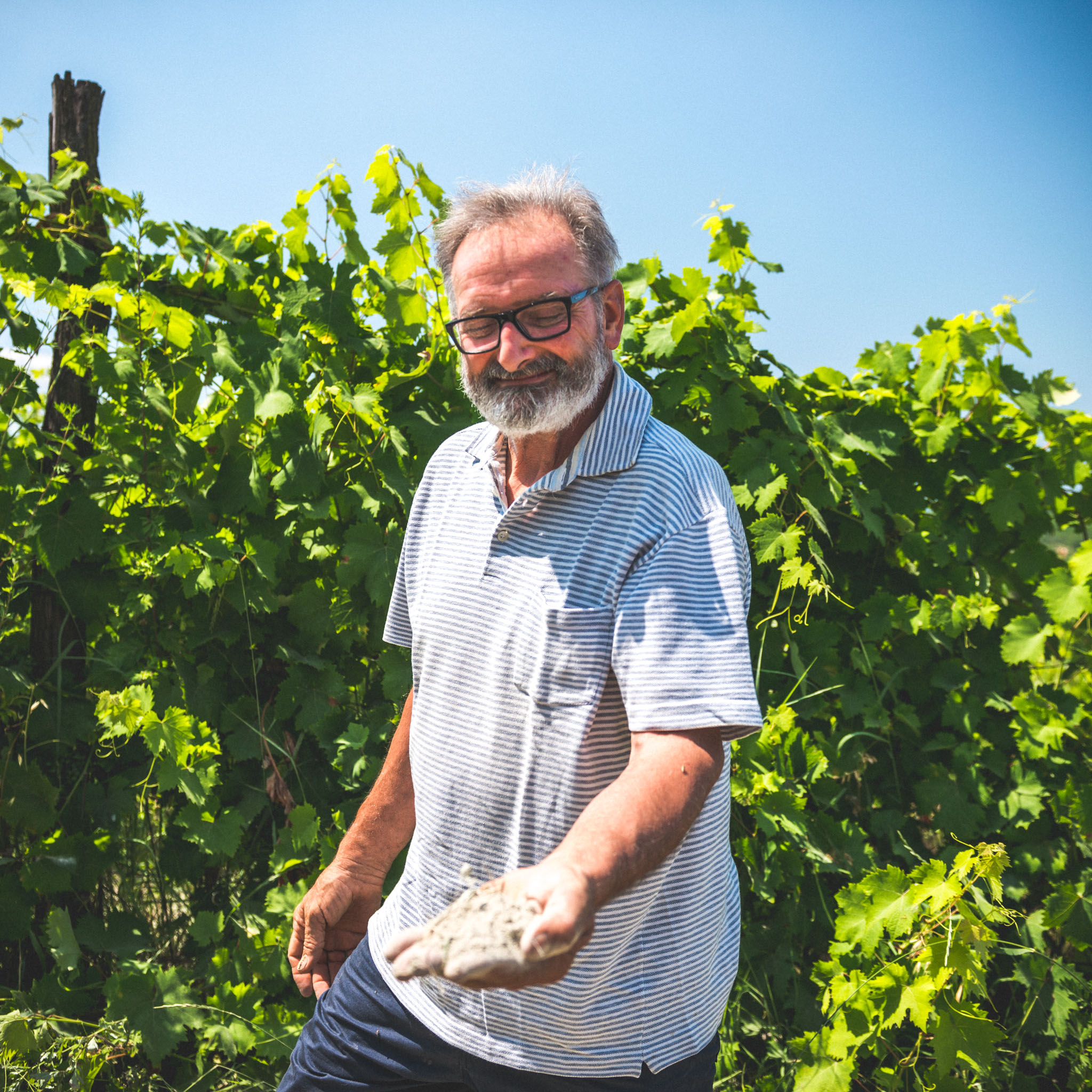
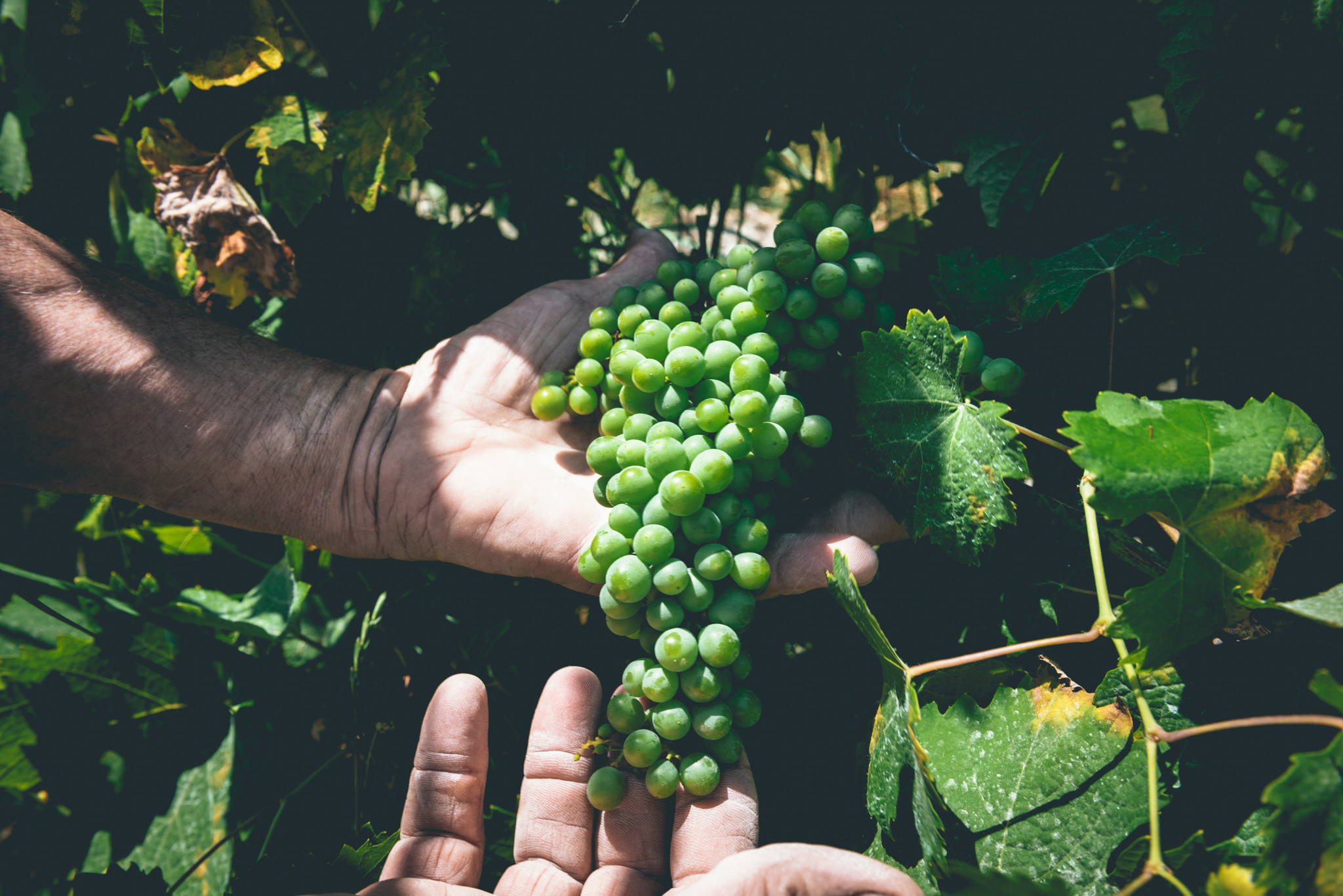
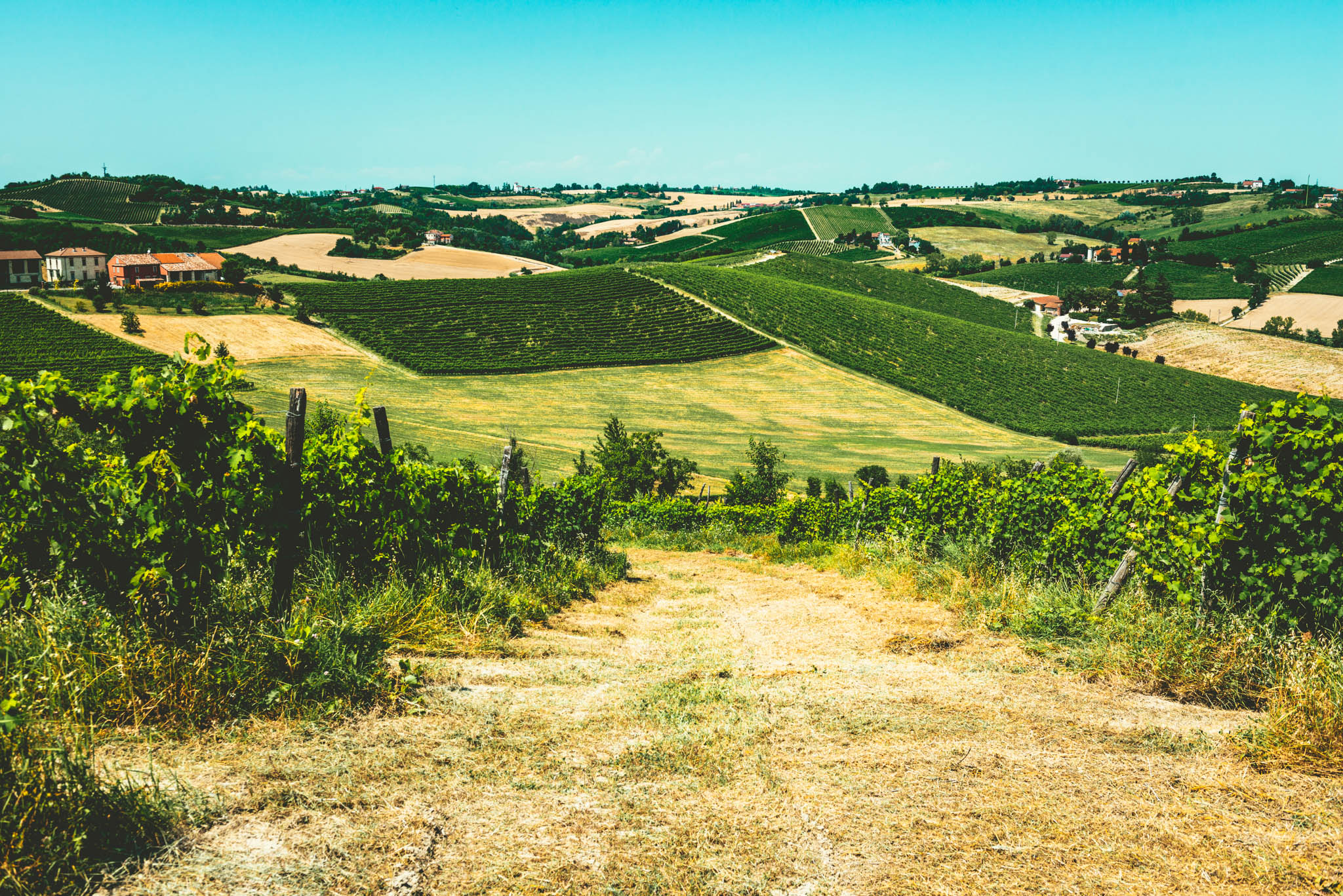
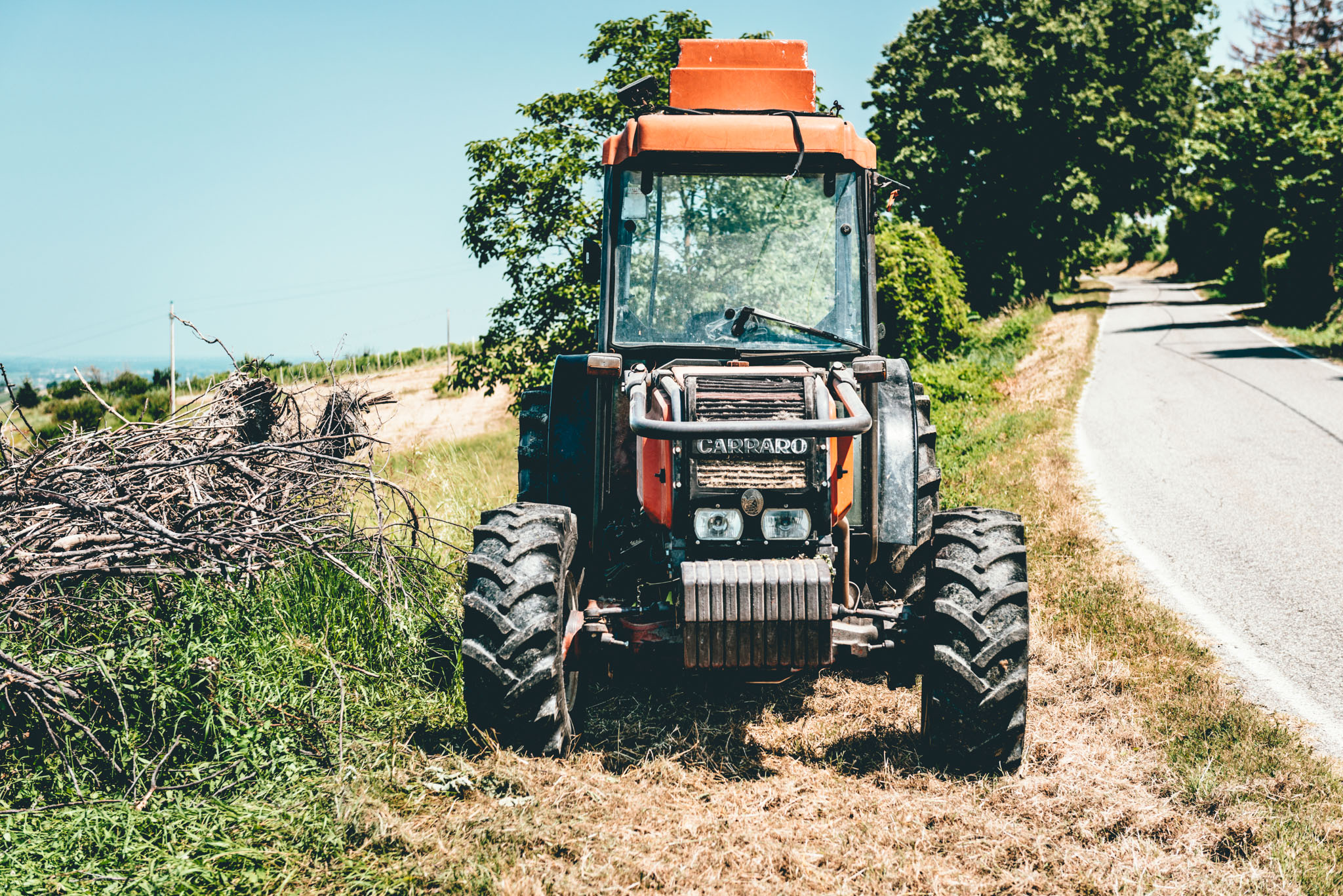
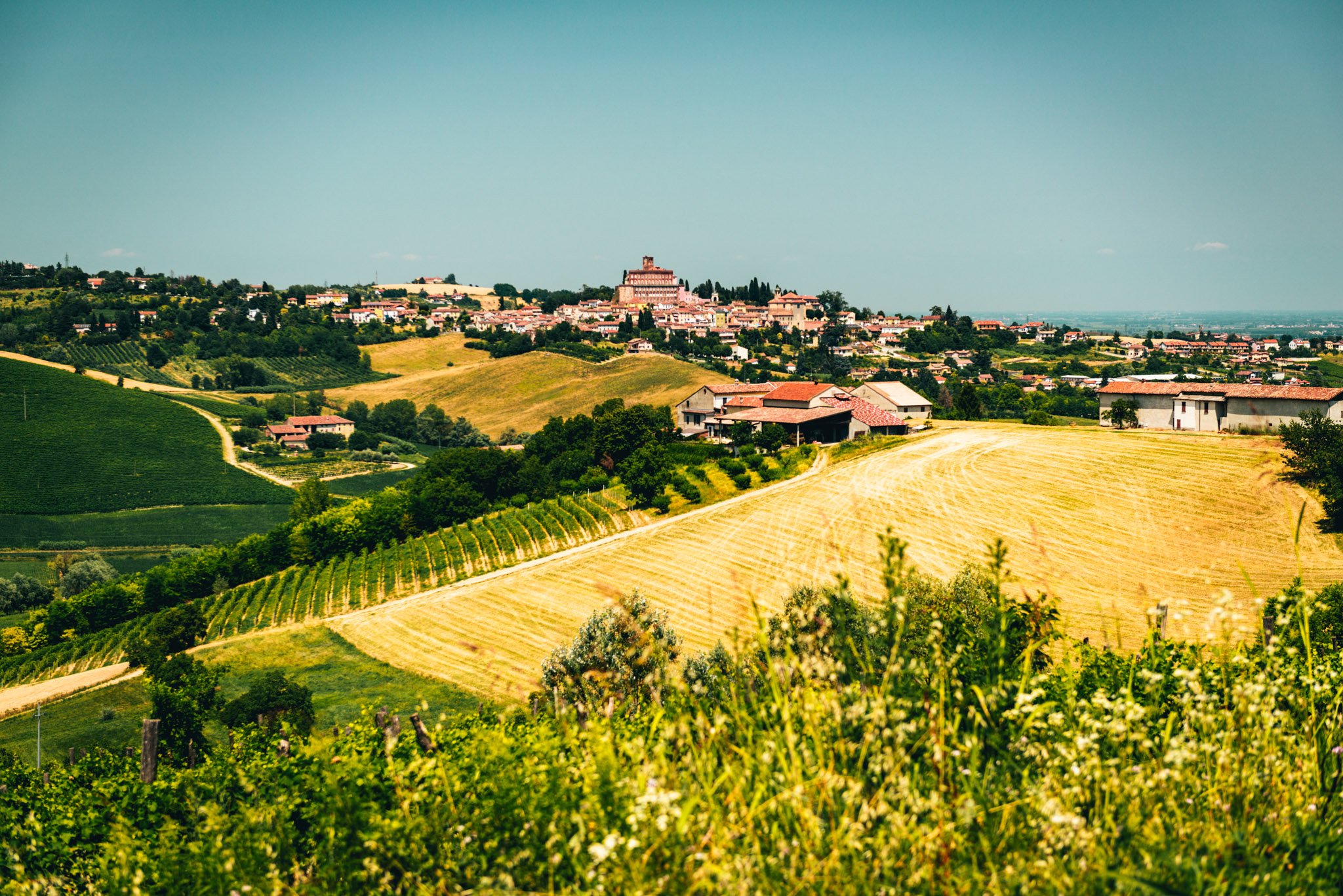
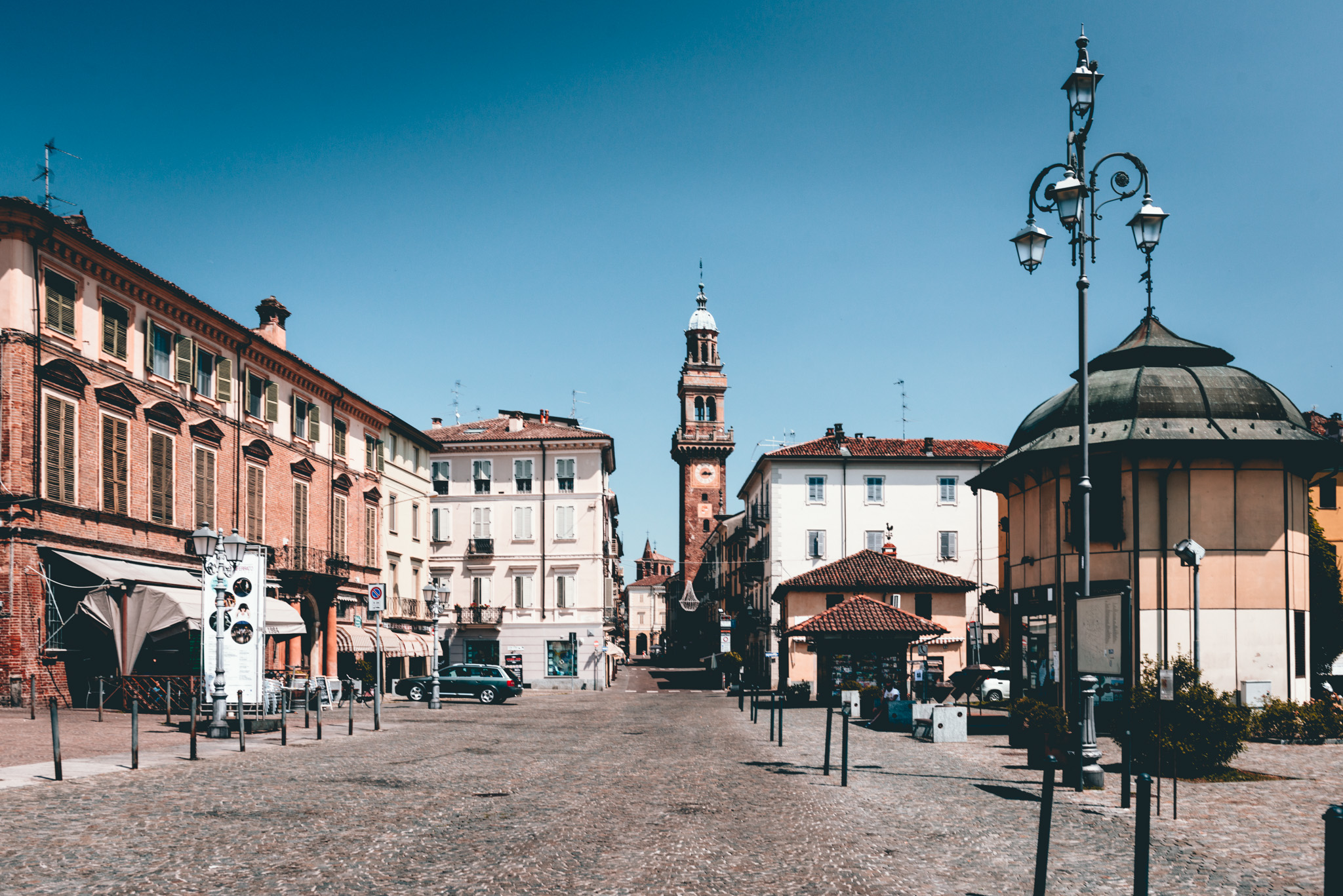
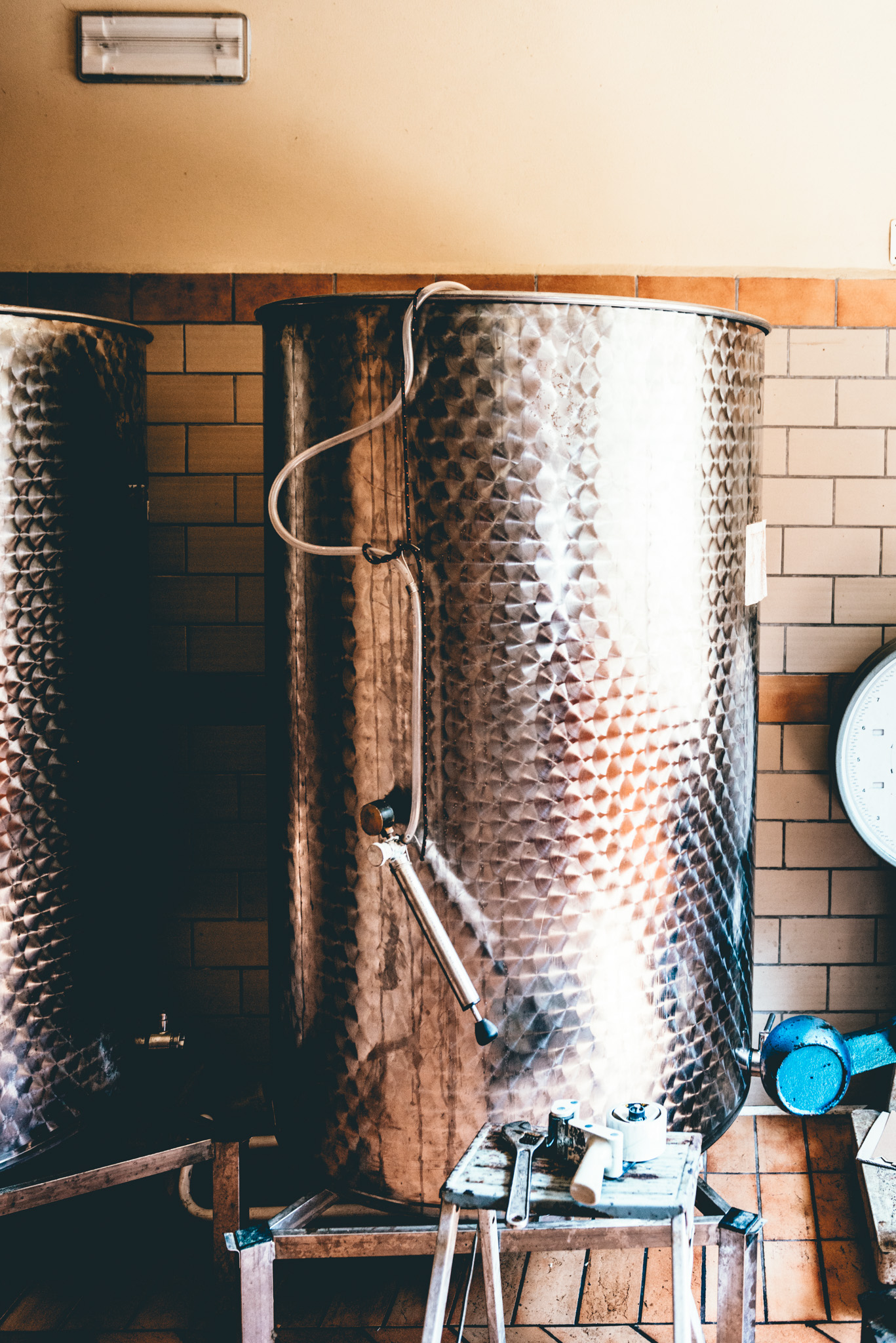
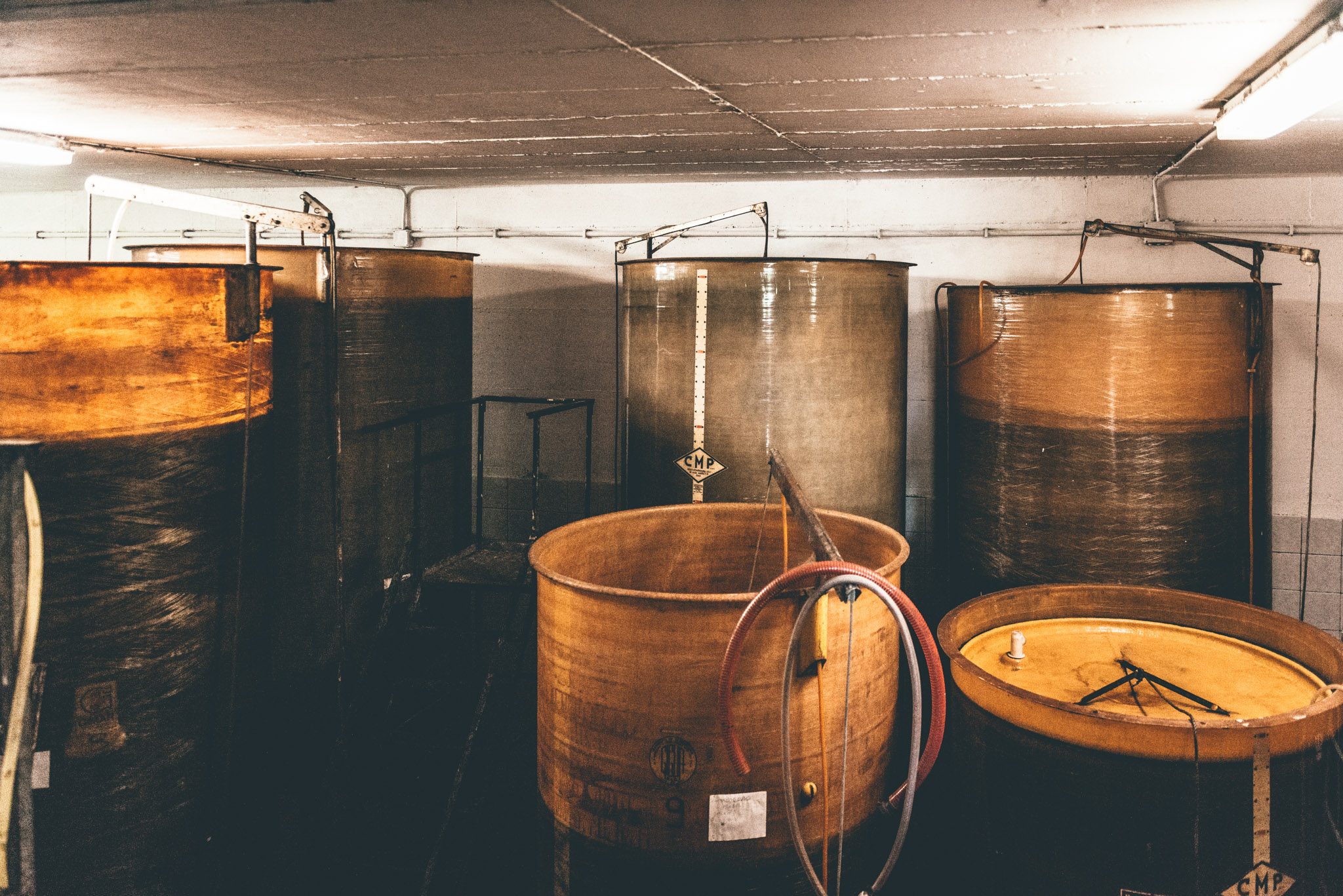
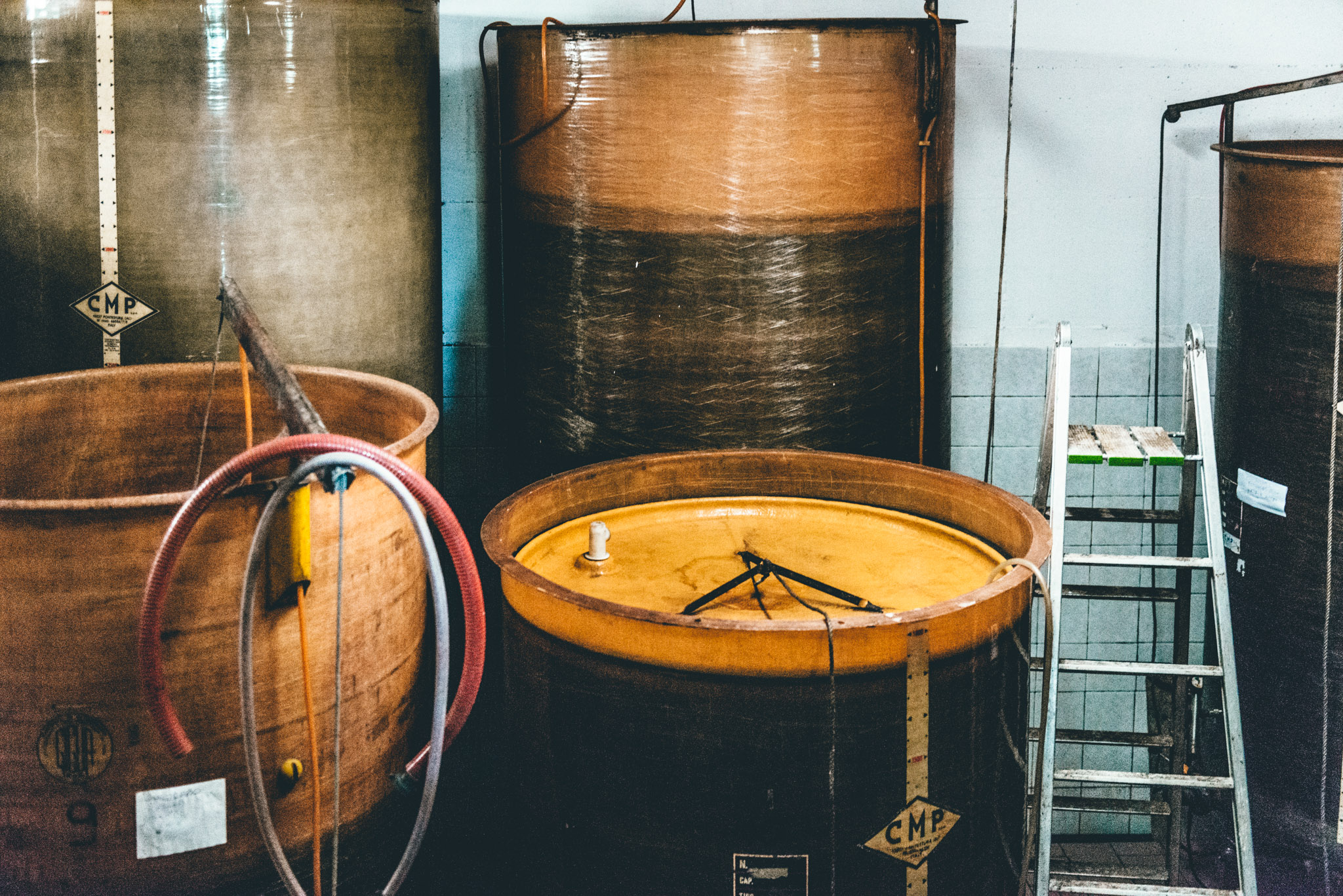
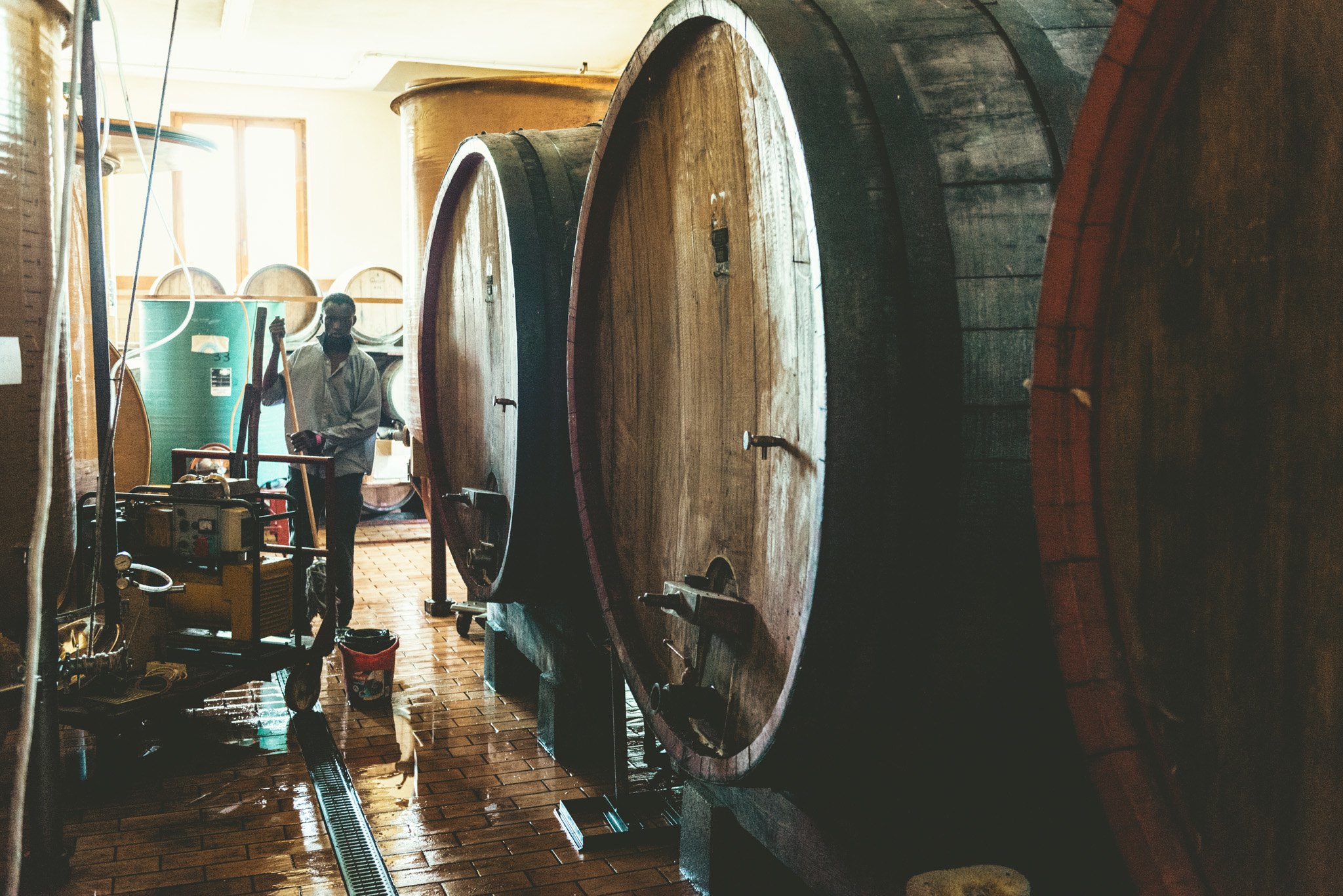
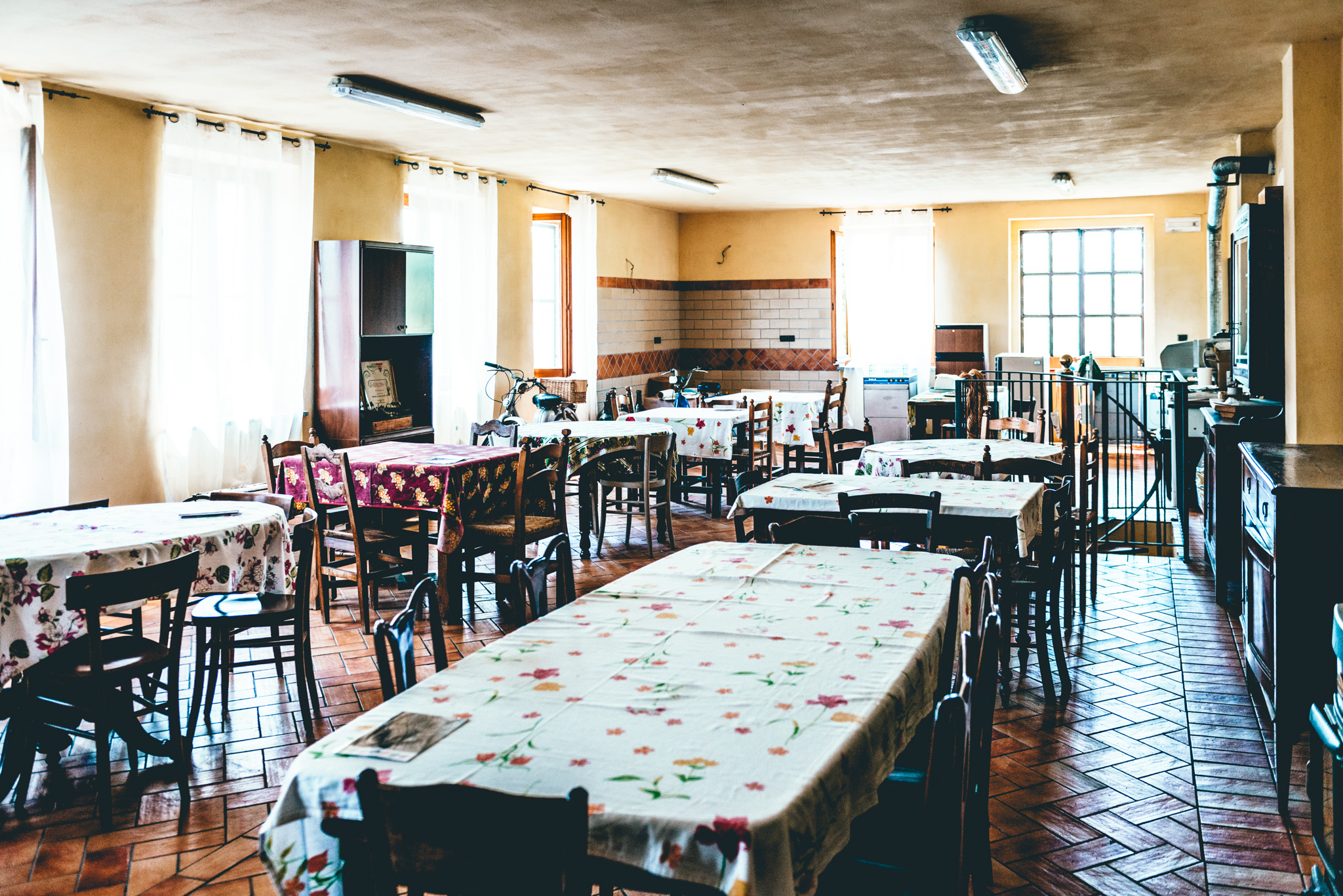
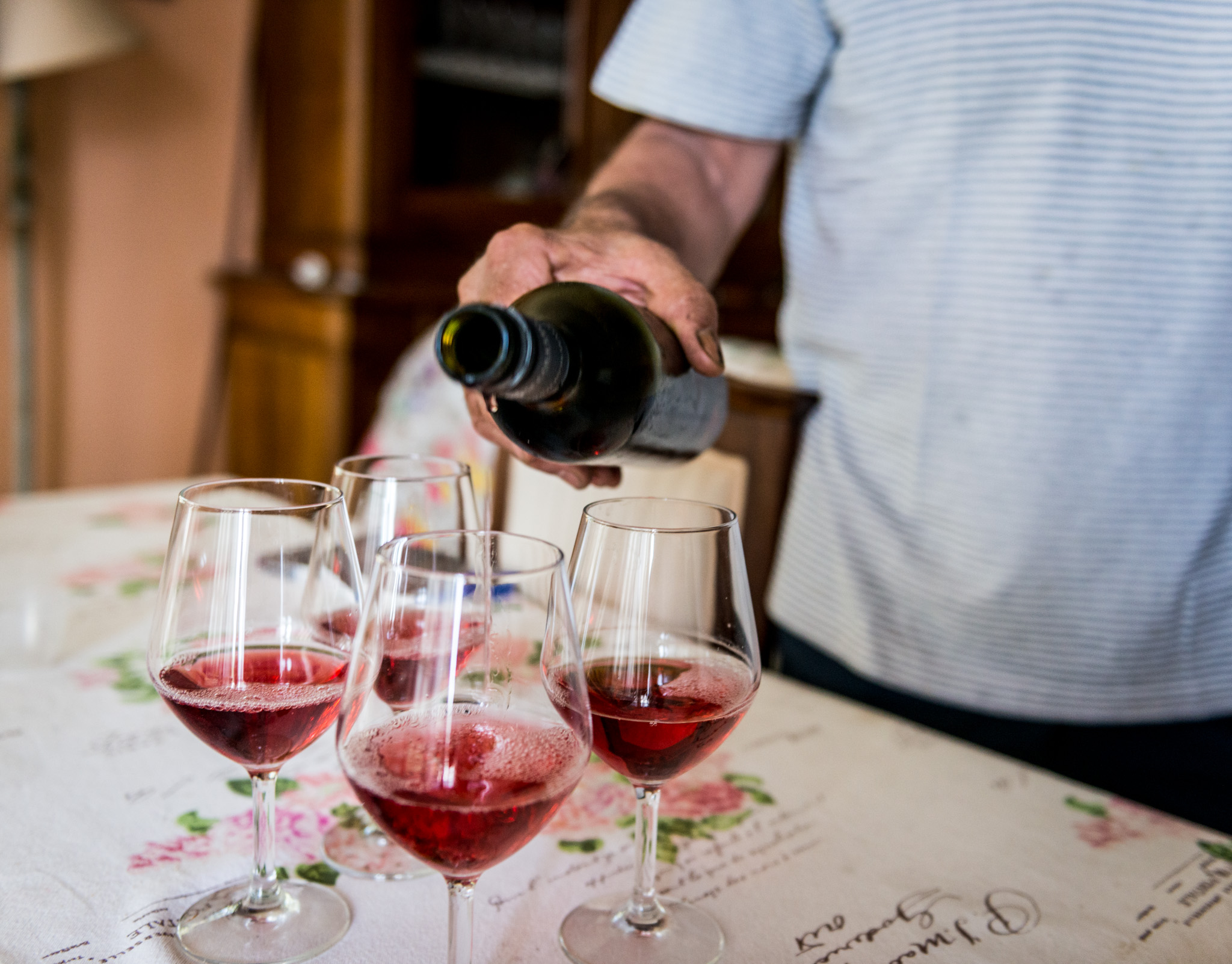
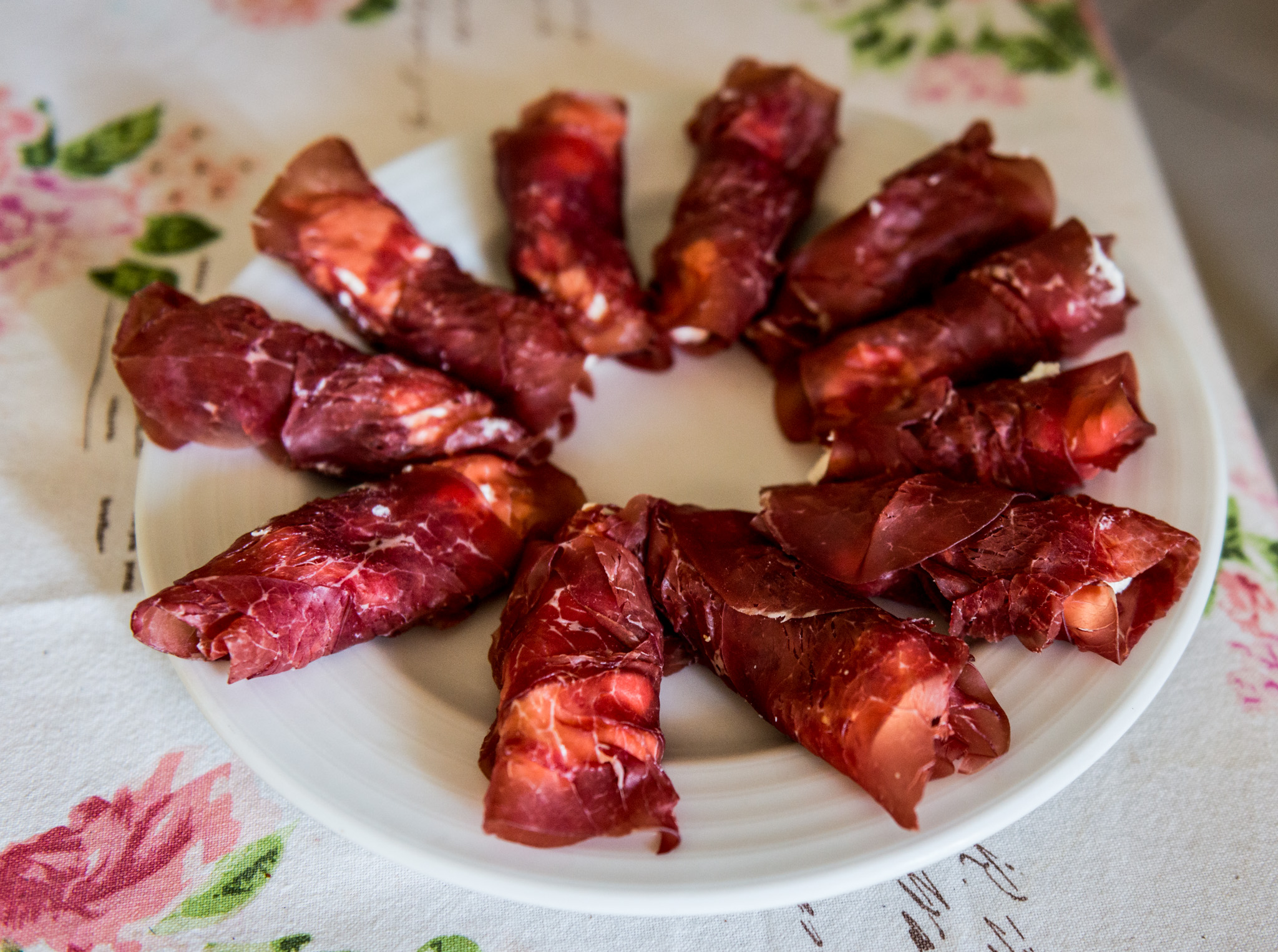
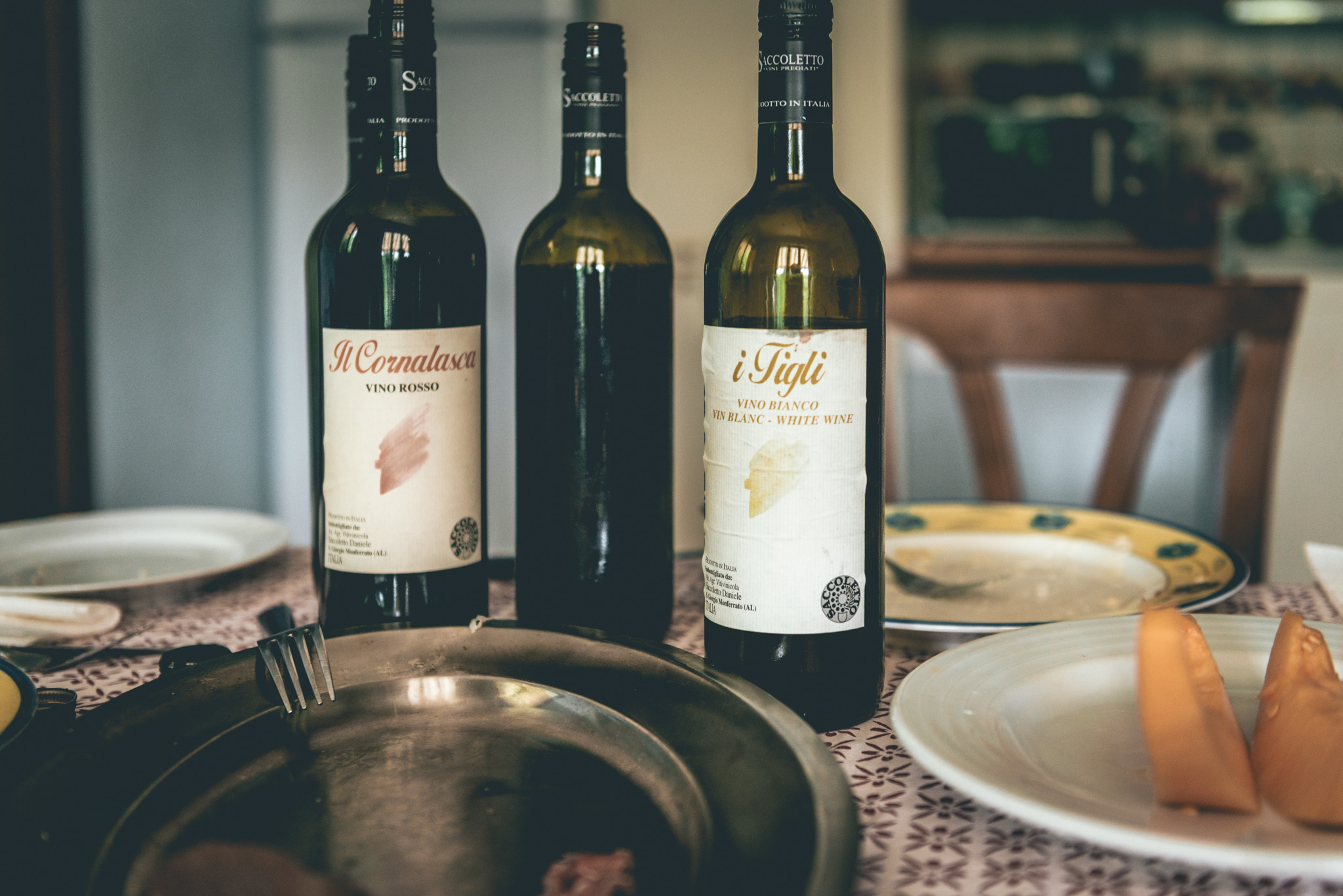
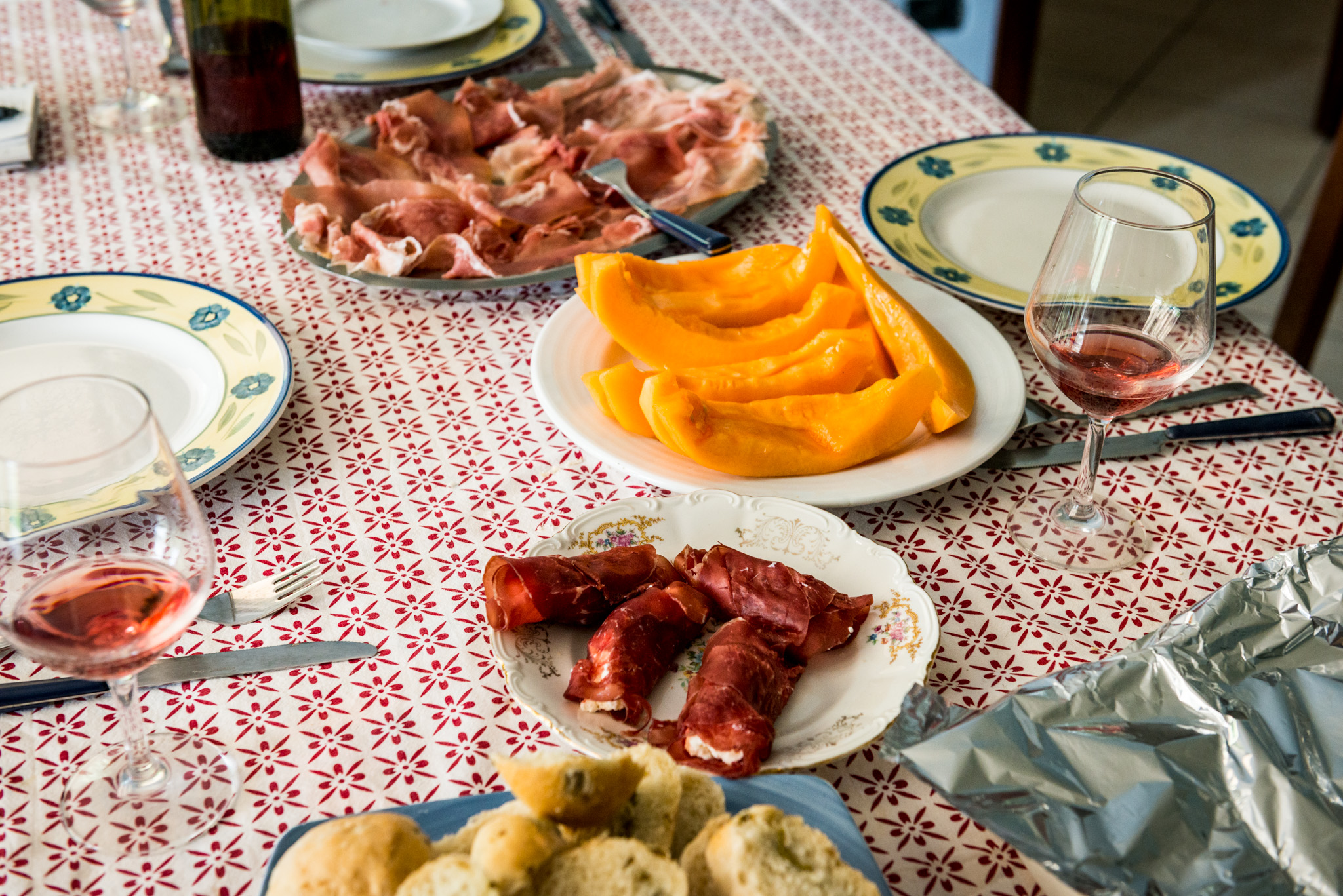
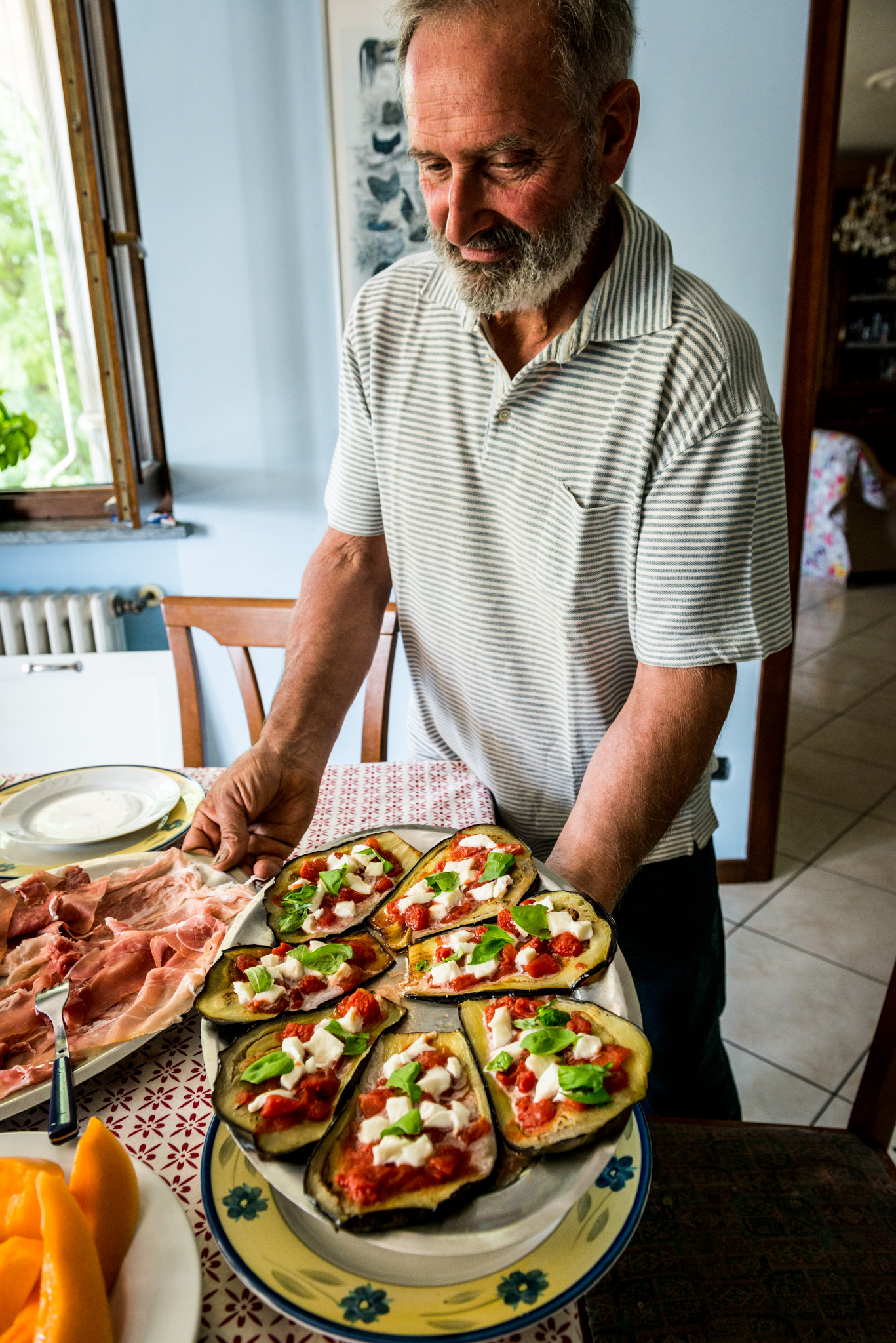
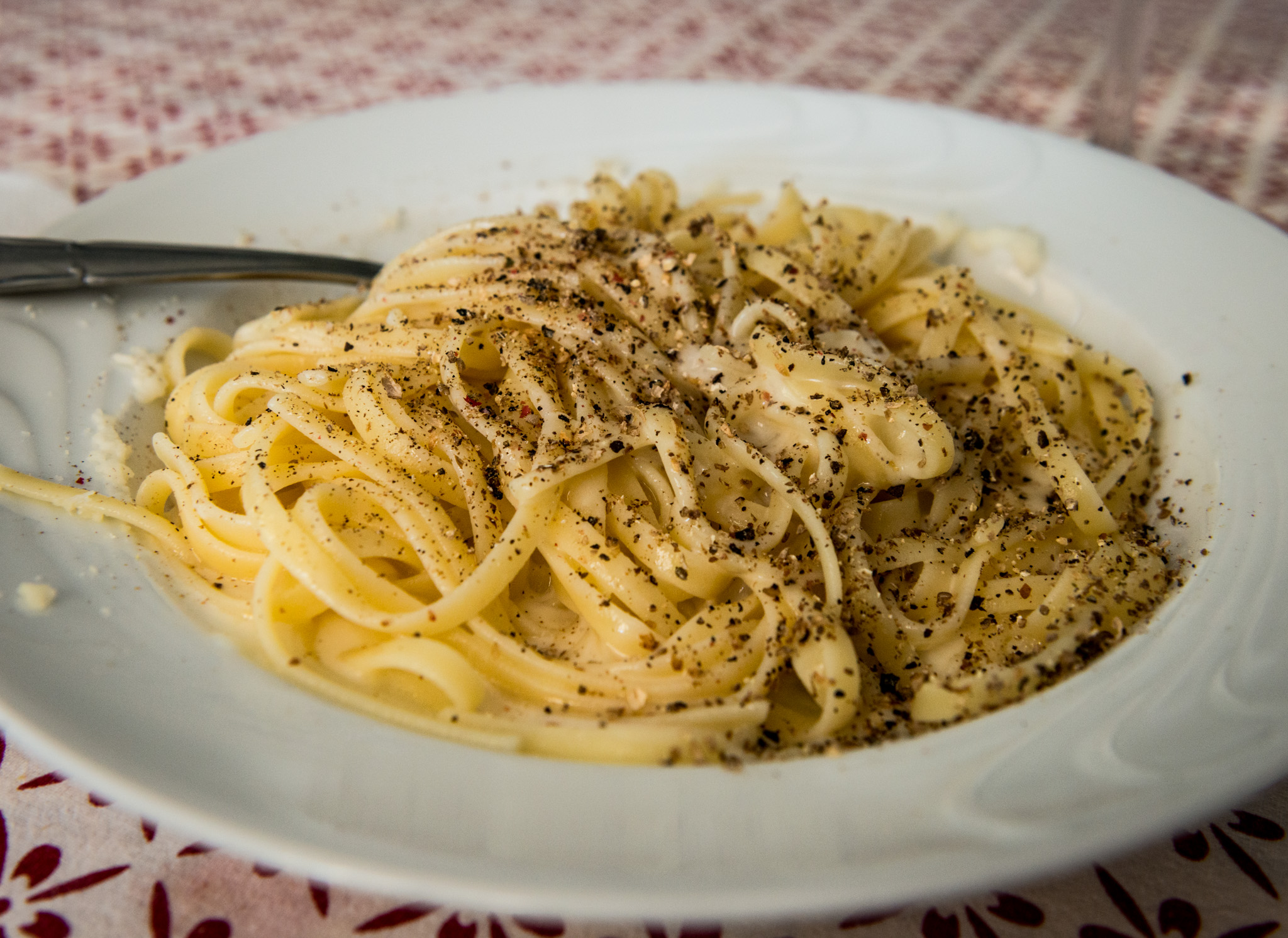

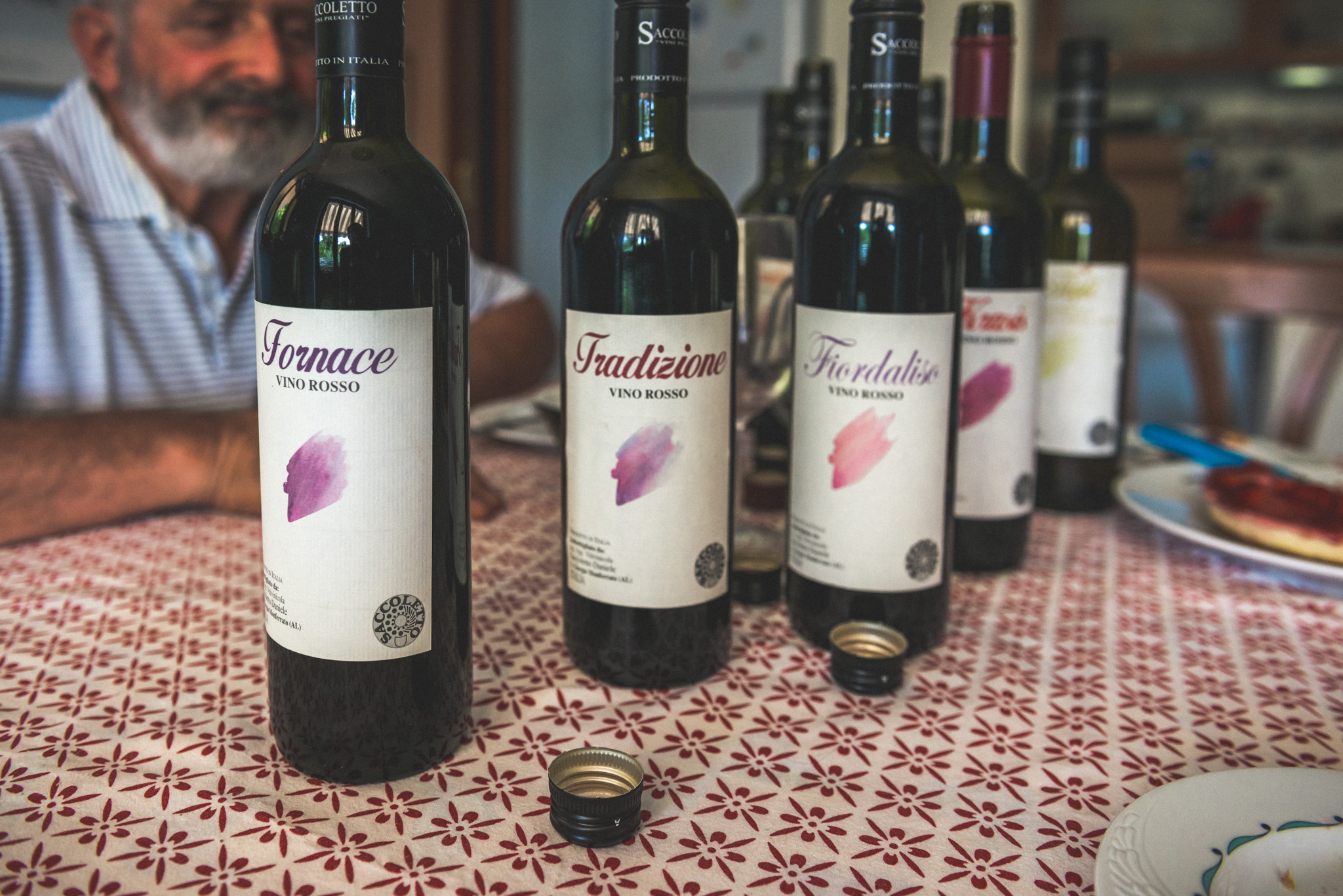

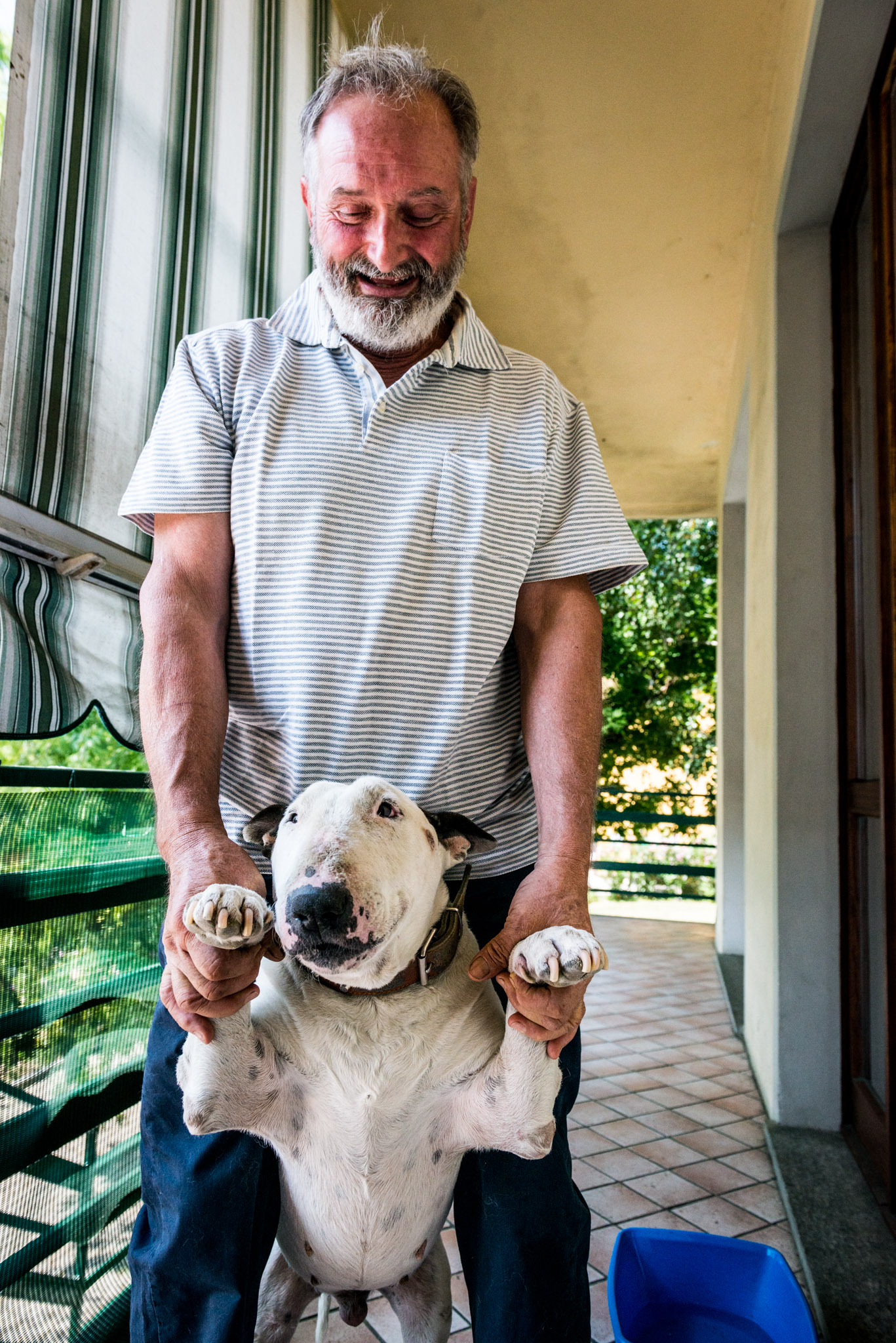
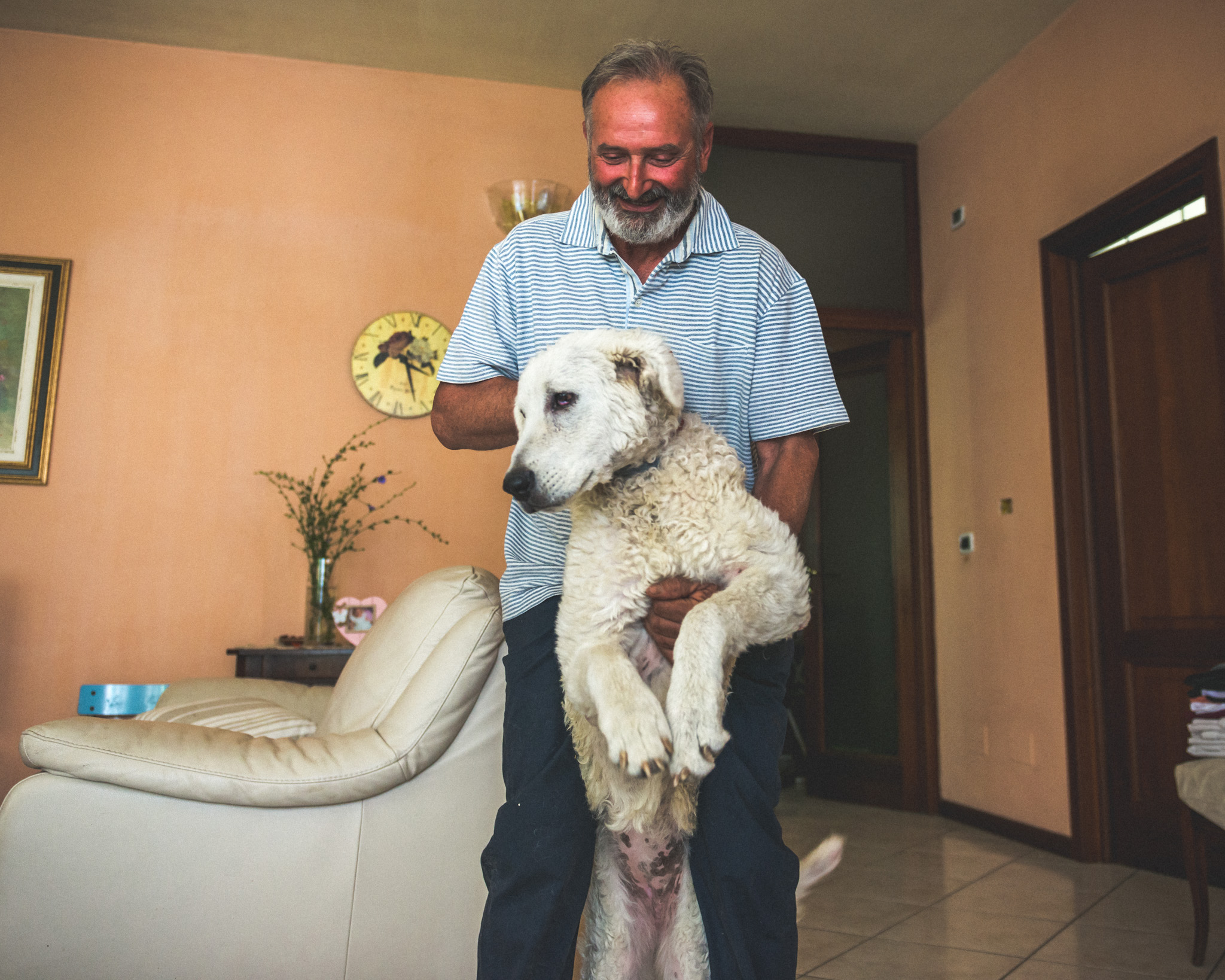
Saccoletto
Who: Daniele Saccoletto
Where: San Giorgio Monferrato (Piemonte, Italy)
What grapes: Barbera, Grignolino, Freisa, Nebbiolo, Syrah, Bussanello, Timorasso, Moscato di Canelli
Key facts: Certified organic by ecocert Italy since 2004, certified organic grapes since 2000. Low sulfur (40mg/l roughly). Also no enzymes, added yeasts, no animal gelatin, harvest in 3 successive passes in 14kg baskets.
Saccoletto “Il Cornalasca” Vino Rosso
Viticulture: Organic
Soil type: Calcareous marl
Elevation: 240m - 280m
Grapes: Grignolino
Method of Fermentation: Natural yeast fermentation. Crushed using a pneumatic press, fermented in stainless steel. Maceration between 20-50 days at 18-25℃.
Light, spicy aromas, classic brick red Grignolino color, blood orange, substantially tannic finish. This outstanding light dry red deserves tandoori chicken, fried fresh porcini mushrooms, pork milanesa: so many possibilities. — JM
Saccoletto “Minerva” Vino Rosso
Viticulture: Organic
Soil type: Calcareous Marl
Elevation: 240m - 280m
Grapes: Barbera
Method of fermentation: Natural yeast fermentation. Crushed using a pneumatic press, fermented in stainless steel. Maceration between 20-50 days at 18-25℃.
At last! The legendary red wines of spiritual leader, inspirational organic farmer, elusive legend Daniele Saccoletto are in the warehouse. Rumor in the Piedmonte is Daniele’s on the edge of retirement. I’m bummed that I missed him on my recent trip: too few days, too many miles. If you want to taste the end result of 45 years of healthy soil management, chemical free viticulture, and low intervention winemaking, grab a handful of these. — JM
Saccoletto “Fiordaliso” Freisa Vino Rosso
Viticulture: Organic
Soil type: Calcareous Marl
Elevation: 240m - 280m
Grapes: Freisa
Method of fermentation: Natural yeast fermentation. Crushed using a pneumatic press, fermented in stainless steel. Maceration between 20-50 days at 18-25℃.
Dark garnet color. Appealingly ripe almost grapey aromas, violets. It’s big and pretty, opulent, layers of berry fruit inside a tight tannic frame. Far and away the most serious Freisa I’ve encountered, a wine that lovers of traditional Barolo should fall for pretty easily. — JM
Daniele Saccoletto created this estate over the past 38 years, beginning with nothing. The 14-hectare property is the labor of a lifetime, built all with his hands.
Romeo the cheese-rind eating pit bull greeted me from the Sacoletto’s balcony. I looked suspect emerging from the tiniest Peugeot ever made, the morning after a sleepless red-eye flight into Milan. Daniele had left a note for me impaled on the iron of his driveway gate, which bestowed the calm of being anticipated. Traveling halfway around the world for appointments with strangers can create anxiety, and seem unreal. Do they exist? Do they believe I exist? As Romeo continued the serenade, a sleepy son emerged, spoke, produced espresso which was (as it often is) perfect and necessary. We filled silence comparing Torino to Paris and considering alternate land masses for advanced Anthropological study. Oceania became a front runner.
Lombardy and the Piedmont are stark neighbors. Convenient for navigation. Moving west on an unfamiliar Autostrada, it was clear when to focus my eyes and study roundabout signs in detail. San Giorgio Monferrato was easy to find, at first more a street than a town.
After cordial exchanges and a mercifully brief cellar tour (if you’ve seen one…), we waded into wine. Daniele started with ripe Grignolino, passed through Freisa on the way to Barbera, a Monferrato Rosso blend and some sweet wines. We tasted slowly, exchanged views, often circled back to taste from tank- (un-bottled) versions of a wine, older vintages, and repeatedly side-by-side examples of the same wine under cork and Stelvin. The latter closures were uniformly at an earlier stage in their development, a point that was driven home by a funny little screwcap 200 ml bottle of 2001 Barbera that Sacoletto produced. It was earthy and good, playing the part of the carefully matured Piemontese red to the hilt.
What doesn’t happen is the story here. Daniele uses no chemicals (other than the standard copper and sulfur, and those are applied frugally, with ash, enlightened thought and care) in the vineyard or cellar, does not add any filtration elements (particulates are removed slowly via gravity) local yeasts are left to do their job and are not hustled out of the vats by any purchased industrial yeasts. All music to my ears. The wines taste beautifully natural, their make-up free true form resonating someplace deeper.
When energy waned we walked out to Daniele’s 25-year-old Transit van and set off for lunch. Saccoletto was impressed by my fuel-friendly tiny rental car. He is 38 years along a path to working a better way, leaving a better land behind, wasting less fuel. He proudly pointed out his old ride had maybe 120K on the odometer. We compared life histories and waded through the ever-present America: Myths, and Myths based in Reality segment of getting together with a European supplier. Should he be afraid of being shot if he visits the USA? Winemakers frequently (for-real) ask me this. Yep, that’s our rep abroad. Is Obama popular enough to win the upcoming election? Are American banks/the political system corrupt enough to ferment a populist uprising? I put on the TV anchorman centrist costume for much of this stuff, unwilling to jump off the diving board of my own views while cogniscent that my traveling companion is a prototypical organic farmer.
Saccoletto’s ancestors lived in the Veneto. After two World Wars leveled their existence they migrated west to Monferrato. Daniele started in 1974 with nothing. He rented land until he could afford to buy it. He built his cellar (in 1989) and winery (in 2005) piece by piece as money allowed. Today his estate farms 11 hectares of Barbera, Grignolino, Freisa, Nebbiolo, Moscato and Syrah.
He learned much of what would eventually determine his estate’s philosophy from the legendary Luigi Veronelli. Sacoletto also cooperates with a local viticultural experimentation college to perfect his vineyard work. Through this partnership he learned to train his vines differently, with a shorter trunk and a fascinating (he’ll have to explain it to you) pattern of pruning that allows enough shoots to remain to get 4-6 grape clusters per vine, and also prunes back enough vegetative material to allow for the formation of a good humus between the rows, with wildflowers, nitrogen-fixing legumes and old grape vines as its base material. Daniele intentionally avoids machinery that would compress the soil between his vines, opting for by-hand techniques that create a healthy, balanced soil and soil cover that can retain the right amount of moisture and nutrients even in erosion-prone steep hillside sites.
He describes harvesting by hand into small baskets as an epiphany. “It all begins with this.” The fruit is not damaged by invasive machinery or by being chucked into larger vessels , therefore it reaches the cellar clean, sound, making excessive use of SO2 as a spoilage prevention agent unnecessary.
Daniele Saccoletto does not submit his wines to the DOC for approval. “I don’t buy grapes, I don’t adulterate my wine, it is just the way it is, by nature. I don’t want the DOC looking at it and saying ‘Grignolino can’t be this dark’ or some other thing… it is how it is.”
He clearly loves the history of this land. He speaks of Napoleonic towers, Spanish invasions, beautiful churches, farming as a child with his brother on steep calcerous slopes. By hand.
“The ground must be brought to the future more clean than I got it.”



